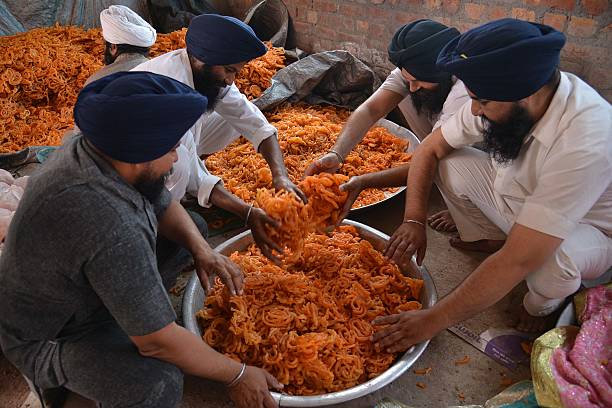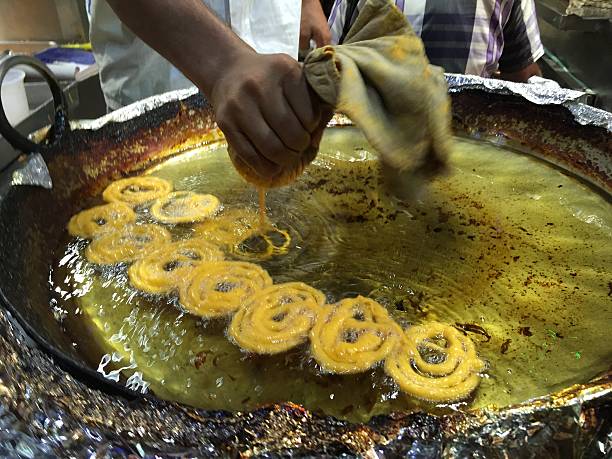Jalebi is India’s national sweet. One can enjoy it at any time of the day, any season and on any occasion. The feeling of eating a hot jalebi with cold rabdi melting in your mouth is too good to express. Be it eaten with curd, milk or just alone nobody says no to jalebi.
Jalebi- which is the national sweet dish of India is not really Indian, it was in fact brought to medieval India by Turkish invaders.

The earliest mention of jalebi, or Zulbiya (the Persian name for jalebi) dates back to the 10th century. The first account of Jalebi was when an ancient Persian cookbook, ‘Kitab-al-Tabeekh’ authored by Muhammad bin Hasan al-Baghdadi, mentioned the recipe of this dish.
In Iran, jalebi, aka Zulbiya, was traditionally offered to the paupers during Ramadan. In modern-day Iran, Zulbiya is an indispensable dessert during Nowruz. There’s a slight difference between Zulbiya and Jalebi, while Zulbiya has an asymmetric floral coil pattern Jalebi has circular coils. The Middle-Eastern recipe endorses the usage of honey and rose water syrup whereas in India it is filled with the usual sugar syrup.
India Adopts the Jalebi
As per Hobson-Jobson, a glossary of Anglo-Indian terms, the word jalebi is derived from Zulbiya, the recipe of which was introduced to medieval India.
India adopted Zulbiya as a part of its cuisine by the 15th century which was known as Kundalika or Jalavallika at that time, so much so that every special occasion like weddings or primaeval festivities had jalebi on their menus.
Priyamkarnrpakatha (1450 CE) a text composed by the Jain author Jinasura mentions how jalebi was a part of the menu during the festive feasts arranged by wealthy merchants. Later, in 1600 CE, a Sanskrit text called Gunyagunabodhini lists the ingredients used in making jalebi.

Jalebi- The national sweet dish of India is so popular that it became a part of common parlance. In fact, it wouldn’t be surprising to hear someone make a sarcastic comment by saying ‘jalebi jesa seedha’ which loosely translates as ‘straight as the jalebi’.
India fell so deeply and irrevocably in love with the jalebi that short of going down on one knee, we made it our national dessert!
Jalebi and its Variants :
Jalebi isfamous as a North Indian sweet also became renowned in the South by the name Jilebi and Jilapi in Bengal. This dessert has also become an integral part of our religious celebrations as the Jilapi served during Rathyatra or even the jalebi eaten with fafda during Dusshera.
Jalebi has got variants across the country. Some of which are:
1. Jaleba:
A chubbier cousin of jalebi, the jaleba is soaked in flavoured saffron-sugar syrup and eaten hot off the griddle. It is largely prevalent in North India and is widely sold in the night markets of Indore.
2. Imarti:
Jalebi’s fancier cousin with a flower-like shape has a distinct preparation. It is made using urad dal, cornflour and saffron and dipped into green cardamom powder and sugar syrup.
3. Jangiri:
The South Indian cousin of jalebi, Jangiri has a slightly different preparation than jalebi and is softer and chewy than jalebi.
4. Chanar Jilapi:
Chanar jilapi or paneer jalebi is the cousin that settled in East India. It is a fried dessert made with paneer, is browner than the original jalebi and also tastes different from it.